17TH JUNE 2024
RECORD 19
HAPPILY EVER AFTER, THE FINAL GIRL EDITION
Almost half a year since it was released on the big screen, I managed to see Lisa Frankenstein (2024) on a tiny airplane screen while above Pacific ocean. Holding on to it, as it seemed the only chance for me to see it now, since I had missed the brief time that it was in cinemas. Just to realise that it might be quite a lot not like in the reviews, as we tap into a romcom horror (or rather a horror romcom?), which I’d like to share my thoughts on with you.
I was excited since I saw the trailer. Written by Diablo Cody, horror-implied and having Cole Sprouse (every other late millennial/early gen z’s teenage crush) as a dead poet – it appeared as a perfection on paper. In reality, it was doing not really well with having quite low critics rating. Perhaps, if it had a marketing campaign as good as the Barbie one across 2022 and 2023, the black would probably be the new pink, just like Miley Cyrus’s Flowers became the anthem of 2023 for a life after a break-up. Just like that. But it didn’t happen.
![COLE SPROUSE (AND HIS BROTHER DILAN)]()
![ZELDA WILLIAMS, KATHRYN NEWTON, DIABLO CODY]()
![FLOWERS (2023), MUSIC VIDEO]()
![BARBIE (2023)]()
Just as Alison Peirse states in Women Make Horror, horror as a genre has offered something that reality possibly couldn’t suggest with testing norms and picturing things differently, outside the box and patriarchal vision. Many feminist authors have found the home in this genre, but sadly, been overlooked for the course of years, leaving just big production companies or male-directed films behind as the pillars of how we are imaging a horror movie today. So if you are a female author and about to make a horror film, you are very likely to be aware of this. I’d dare to presume that it’s never just for the spook or the special-effects thrill (alone). It’s a statement about freedom and possibilities that the world is yet to offer.
Following many critic reviews I got a hold of via Rotten Tomatoes, Lisa Frankenstein (2024) was placed on the scale with the American teenage classics made in the 1980s and the early 1990s that iconised Winona Ryder and Molly Ringwald, as their revival and a potential comeback comment (not quite like Elvis’s, isn’t it). If to list some within and outside this box: Heathers (1988), The Breakfast Club (1985), Beetlejuice (1988), Edward Scissorhands (1990), What Happened Last Summer (1997), Carrie (1976) and less cult like Buffy the Vampire Slayer (1992). But also if we follow the genre’s other classics like Halloween (1978) and Scream (1996), we know that when we talk American-made horror, we are to touch on the final girl trope.
![HEATHERS (1988)]()
![THE BREAKFAST CLUB (1985)]()
![EDWARD SCISSORHANDS (1990)]()
![BEETLEJUICE (1988)]()
![HALLOWEEN (1978)]()
![CARRIE (1976)]()
![BUFFY THE VAMPIRE SLAYER (1992)]()
![SCREAM (1996)]()
(SPOILERS’ ALERT!)
Even though, the final girl is usually revealed half way through the movie (if not at the end of it). From the very beginning, we know that Lisa is the final girl trope. While getting to know her story in the words of her new stepsister (that is very 2024 kind to her). We sense that Lisa is not in a good place psychologically (as we can’t cancel our 2020 and the arisen awareness towards mental health issues in popculture). Having lost her mother in a brutal attack by a maniac, who broke into their house and having her father remarried now don’t seem as easy to process, despite what her stepmother (yes, an evil stepmother ingeniously brought by Carla Gugino), a mental health nurse (which stinks of Ms Ratched from Ken Kesey’s One Flew Over the Cuckoo’s Nest), says. She openly confronts Lisa with that it’s time to move on from her grief as this is what she did it when her father died. And Cody makes us observe two women confronting each other and feud (just cannot avoid to point this out in the light of Charli XCX’s new album that just has come out this June).
![KEN KESEY]()
![MARY SHELLEY]()
The colourful American suburbia of the 1989 (which I’m convinced is there to reference Taylor Swift secretly, let it be our conspiracy) before 9/11, school shootings (let’s just remember two scenes with neighbours calmly watching Lisa running around and trying to save herself from the intruder and a driving-by old man ignoring all-covered-in-blood Taffy crossing the road) and two seasons of Euphoria (2019–). I had just a couple of questions blinking in my head half way through the movie when it was clear that our girl was free to bid her justice and actually not needing to fight the SYSTEM (since the Creature hit her stepmother with a sewing machine to death). Number one, why Mary Shelley (the author of Frankenstein, the novel)? Number two, what Taffy got to do with it? As I couldn’t place her as a mean cheerleader or a legally blonde.
![LISA FRANKENSTEIN (2024)]()
«Time doesn’t heal. It makes the wound bigger. Time takes you away from the place and the memories where you were really happy»
(forgive me any inaccuracy, I have tried to recreate it by heart)RECORD 19
HAPPILY EVER AFTER, THE FINAL GIRL EDITION
Almost half a year since it was released on the big screen, I managed to see Lisa Frankenstein (2024) on a tiny airplane screen while above Pacific ocean. Holding on to it, as it seemed the only chance for me to see it now, since I had missed the brief time that it was in cinemas. Just to realise that it might be quite a lot not like in the reviews, as we tap into a romcom horror (or rather a horror romcom?), which I’d like to share my thoughts on with you.
I was excited since I saw the trailer. Written by Diablo Cody, horror-implied and having Cole Sprouse (every other late millennial/early gen z’s teenage crush) as a dead poet – it appeared as a perfection on paper. In reality, it was doing not really well with having quite low critics rating. Perhaps, if it had a marketing campaign as good as the Barbie one across 2022 and 2023, the black would probably be the new pink, just like Miley Cyrus’s Flowers became the anthem of 2023 for a life after a break-up. Just like that. But it didn’t happen.
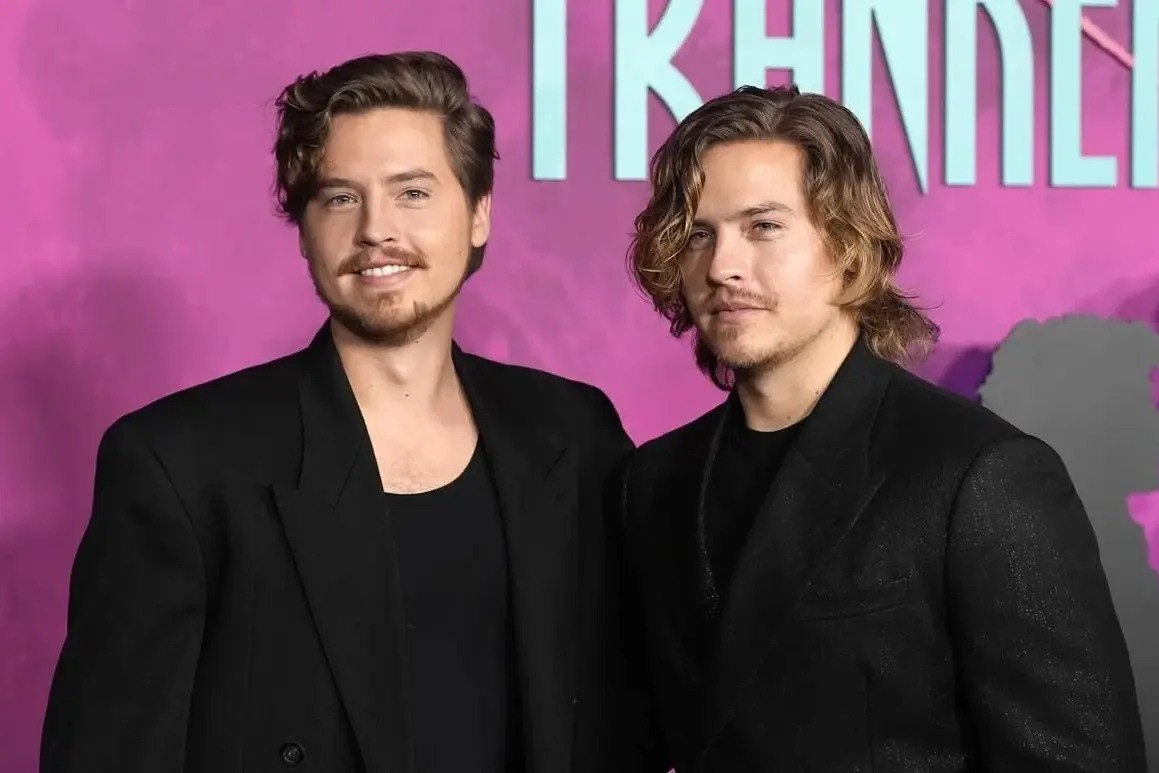
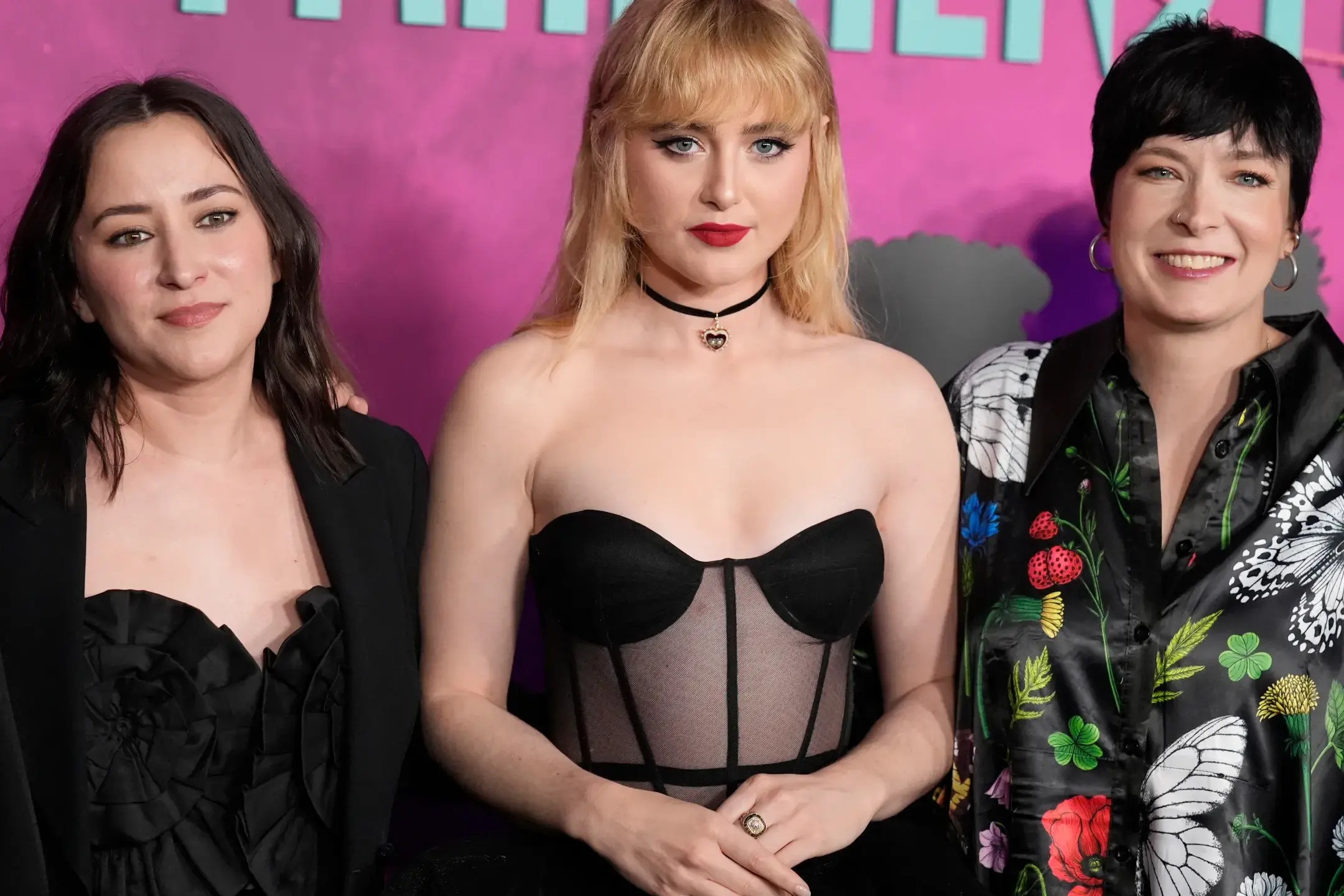
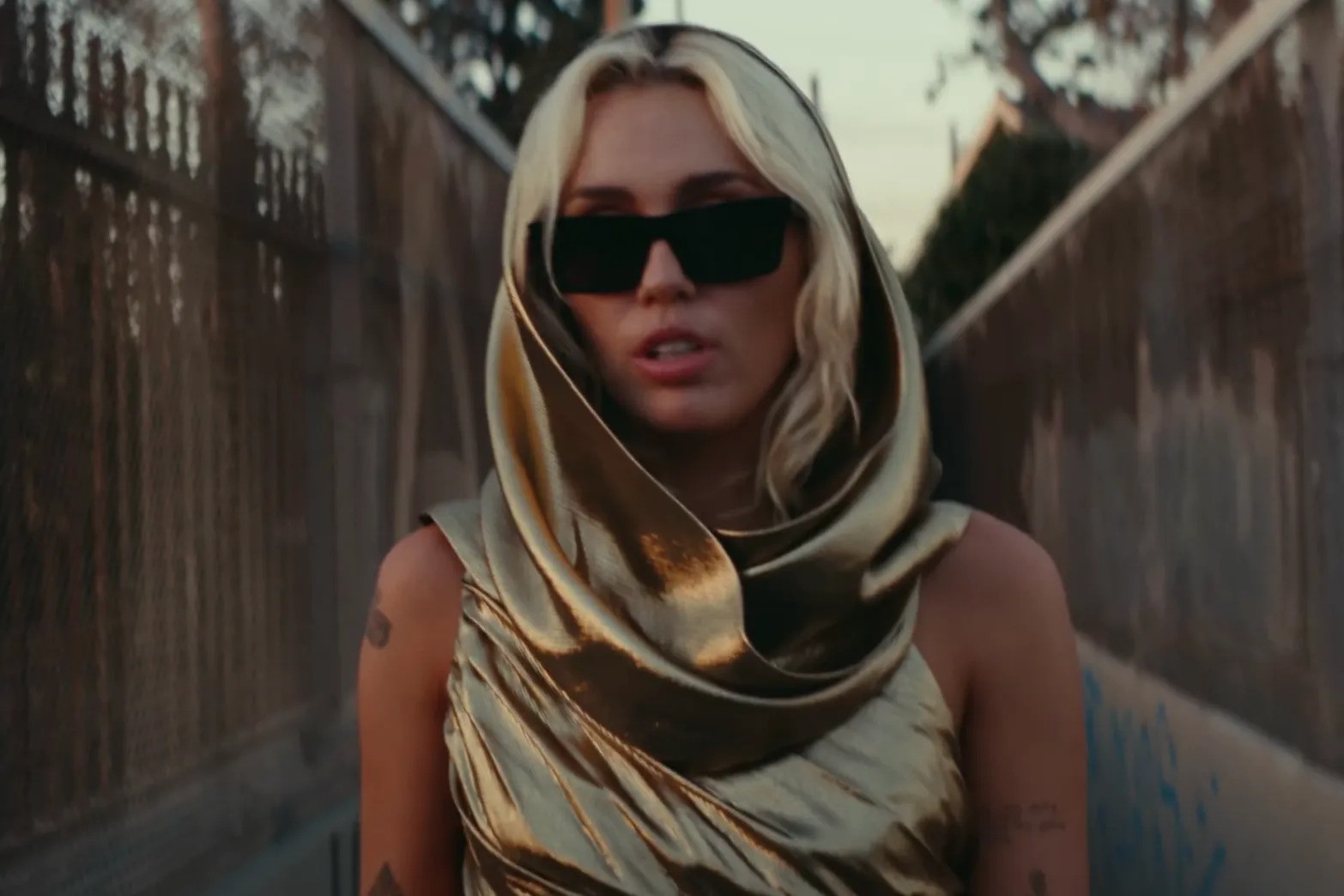

Just as Alison Peirse states in Women Make Horror, horror as a genre has offered something that reality possibly couldn’t suggest with testing norms and picturing things differently, outside the box and patriarchal vision. Many feminist authors have found the home in this genre, but sadly, been overlooked for the course of years, leaving just big production companies or male-directed films behind as the pillars of how we are imaging a horror movie today. So if you are a female author and about to make a horror film, you are very likely to be aware of this. I’d dare to presume that it’s never just for the spook or the special-effects thrill (alone). It’s a statement about freedom and possibilities that the world is yet to offer.
Following many critic reviews I got a hold of via Rotten Tomatoes, Lisa Frankenstein (2024) was placed on the scale with the American teenage classics made in the 1980s and the early 1990s that iconised Winona Ryder and Molly Ringwald, as their revival and a potential comeback comment (not quite like Elvis’s, isn’t it). If to list some within and outside this box: Heathers (1988), The Breakfast Club (1985), Beetlejuice (1988), Edward Scissorhands (1990), What Happened Last Summer (1997), Carrie (1976) and less cult like Buffy the Vampire Slayer (1992). But also if we follow the genre’s other classics like Halloween (1978) and Scream (1996), we know that when we talk American-made horror, we are to touch on the final girl trope.



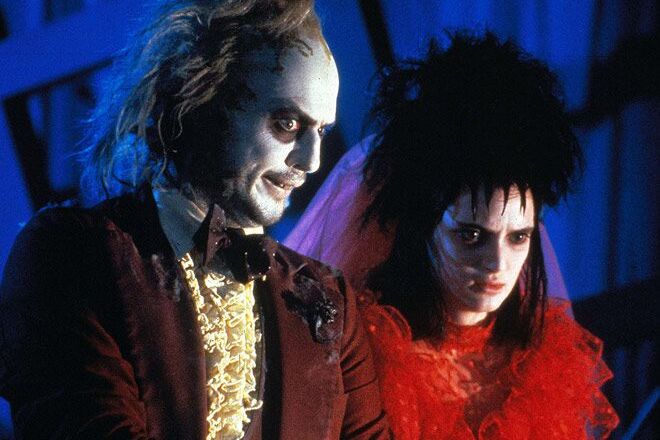


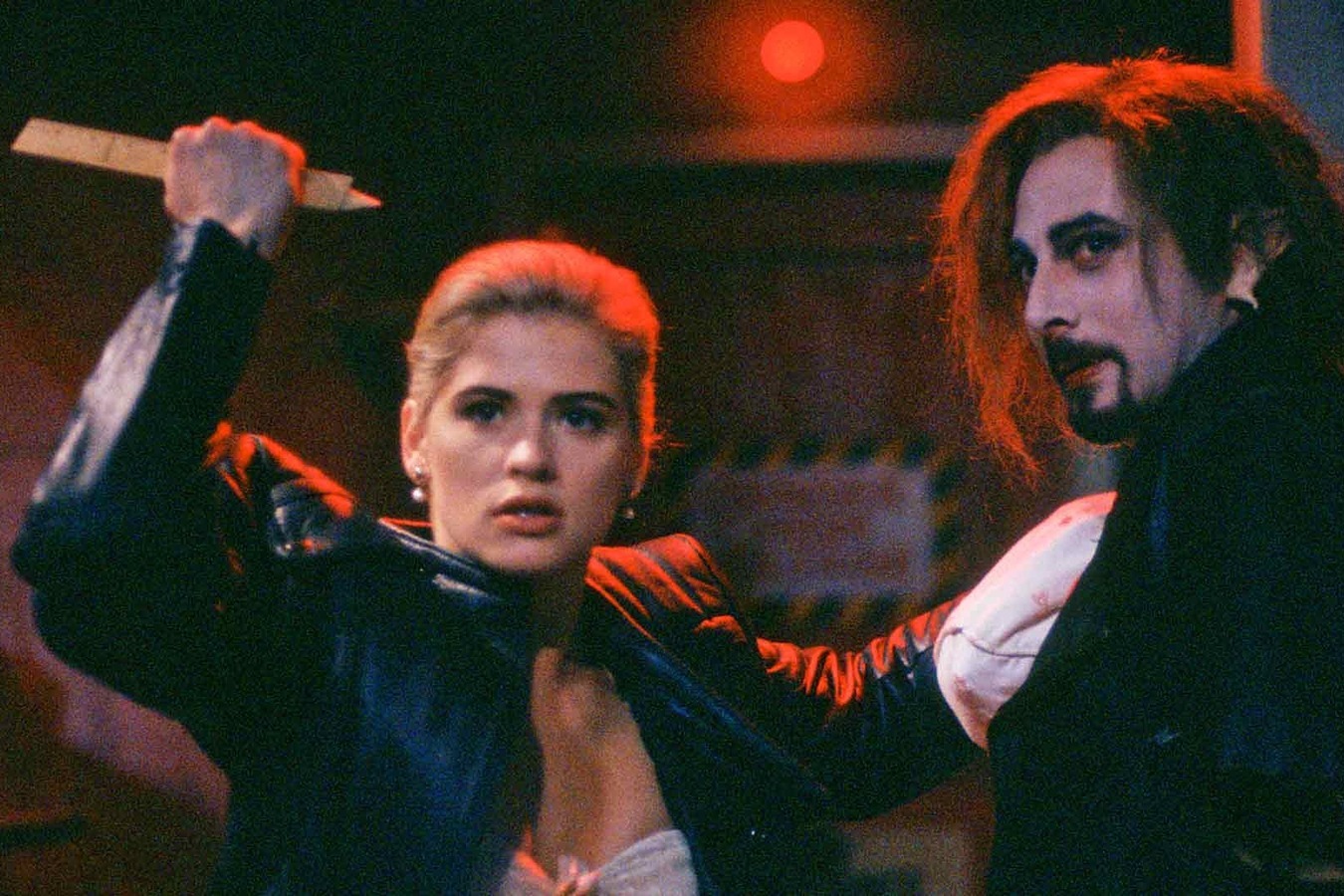
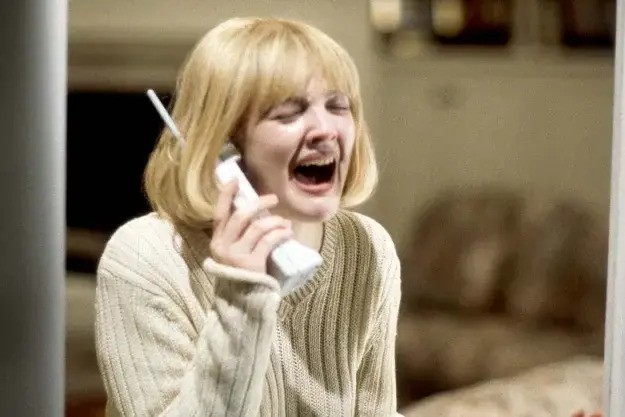
(SPOILERS’ ALERT!)
Even though, the final girl is usually revealed half way through the movie (if not at the end of it). From the very beginning, we know that Lisa is the final girl trope. While getting to know her story in the words of her new stepsister (that is very 2024 kind to her). We sense that Lisa is not in a good place psychologically (as we can’t cancel our 2020 and the arisen awareness towards mental health issues in popculture). Having lost her mother in a brutal attack by a maniac, who broke into their house and having her father remarried now don’t seem as easy to process, despite what her stepmother (yes, an evil stepmother ingeniously brought by Carla Gugino), a mental health nurse (which stinks of Ms Ratched from Ken Kesey’s One Flew Over the Cuckoo’s Nest), says. She openly confronts Lisa with that it’s time to move on from her grief as this is what she did it when her father died. And Cody makes us observe two women confronting each other and feud (just cannot avoid to point this out in the light of Charli XCX’s new album that just has come out this June).


The colourful American suburbia of the 1989 (which I’m convinced is there to reference Taylor Swift secretly, let it be our conspiracy) before 9/11, school shootings (let’s just remember two scenes with neighbours calmly watching Lisa running around and trying to save herself from the intruder and a driving-by old man ignoring all-covered-in-blood Taffy crossing the road) and two seasons of Euphoria (2019–). I had just a couple of questions blinking in my head half way through the movie when it was clear that our girl was free to bid her justice and actually not needing to fight the SYSTEM (since the Creature hit her stepmother with a sewing machine to death). Number one, why Mary Shelley (the author of Frankenstein, the novel)? Number two, what Taffy got to do with it? As I couldn’t place her as a mean cheerleader or a legally blonde.

«Time doesn’t heal. It makes the wound bigger. Time takes you away from the place and the memories where you were really happy»
– Lisa Frankenstein
This is what Lisa confesses to the creature and she might be just right (quite harsh and a very teenager statement but she might be right). Just seconds before the Creature reaches for her vibrator to ask what it is, so Lisa tries to hide behind its back-massaging purposes and says that aunt Shelley gave it to her. «Aunt Shelley gave it to me for Christmas. She said it would improve my personality» (this is an accurate quote that I have actually written down). Here is another marker we are in 2024 and not in 1989. As the Internet academia states, the world divides interpreting Mary Shelley’s Frankenstein as a tale about a darkness and a deep dive into a human nature (perhaps gothic literature was an ancestor to feminism’s horror?). And the second one seems just heating bulls eye. Perhaps, Cody and Williams (Zelda Williams, the film’s director) imagine how the final girl can be freed from this burden and even fall in love forever (since Lisa becomes undead too). To answer my second question, as we watch (and might have been already guessed it) the Creature cutting Lisa’s crush’s willy off in slow motion and blood dropping on everyone’s faces, we see Laffy Taffy’s face filed with horror; and let’s cut straight to the scene in the car, after Lisa tenderly sits her down and drives from that house. Lisa confesses that she does feel that relative love for Taffy and thanks her for being caring when others haven’t. She gives Taffy her mother’s rosary, which Lisa has been holding on so far very tightly since the traumatic event, and puts it around Taffy’s neck. As Lisa leaves, Taffy rushes to open the car’s door and speedwalks away from the woods, the car and Lisa. Is she now the final girl? Or is she free from being any tropes? That is something I’m still debating on and figuring out.

I want to end with a random note on the importance of sunscreen, and another conspiracy I think that we should take seriously in this film – tanning beds are deadly! So, please, (in words of Mary Schmich and Baz Luhrmann) everybody’s free to wear a sunscreen. Especially, since we are half way into June now. ︎
Yours,
5TO9 FC TEAM
